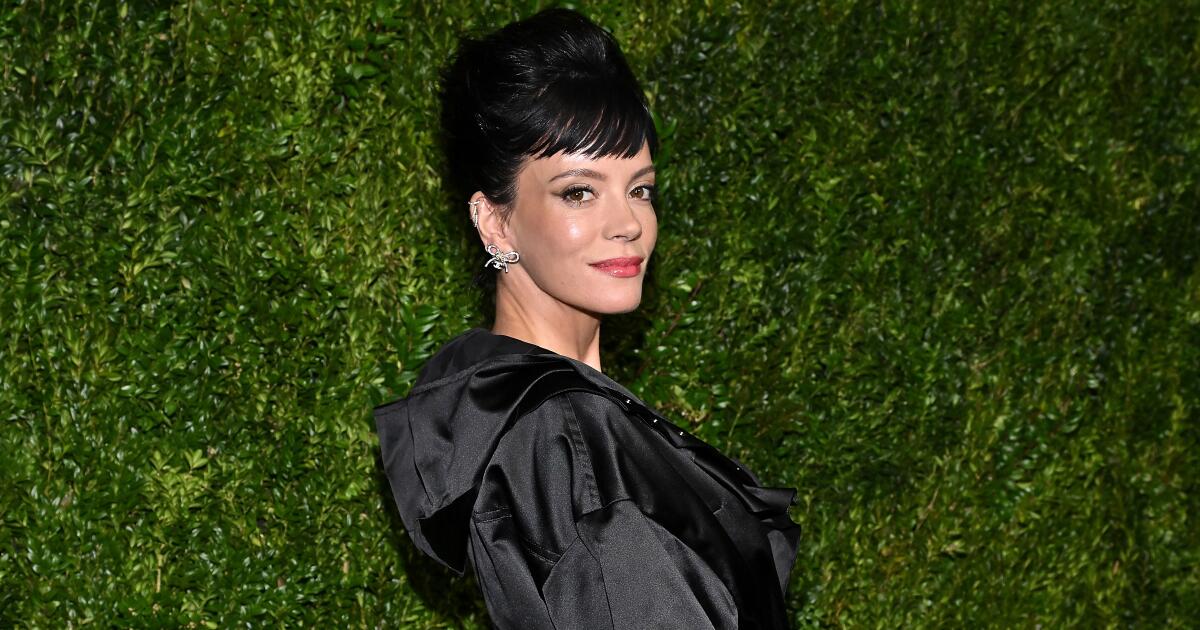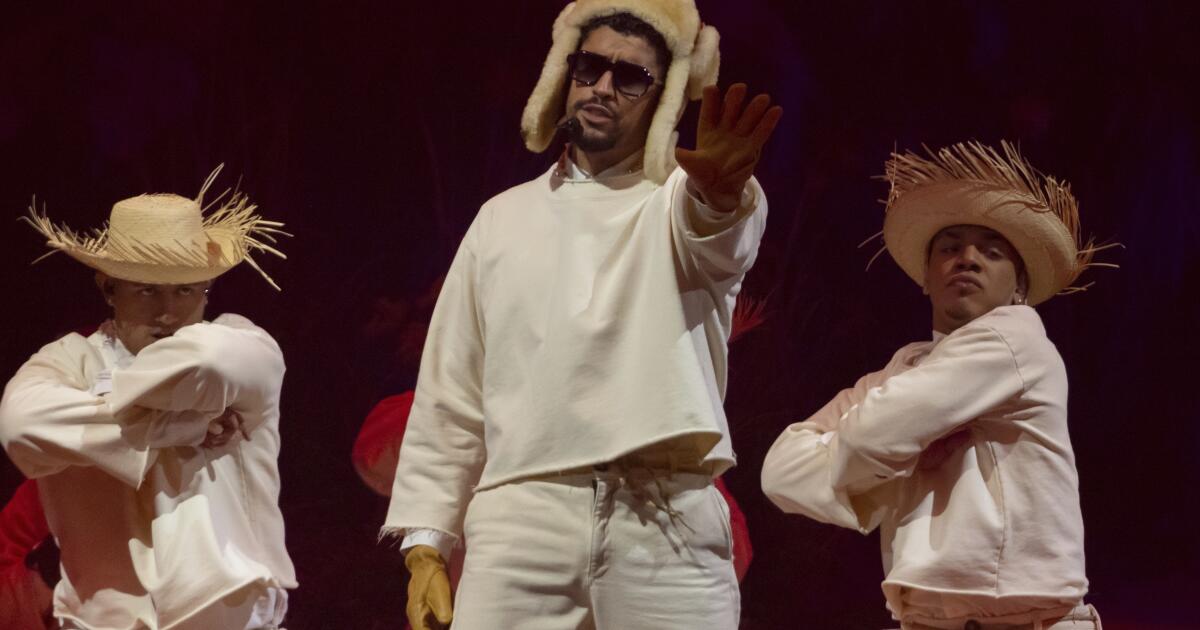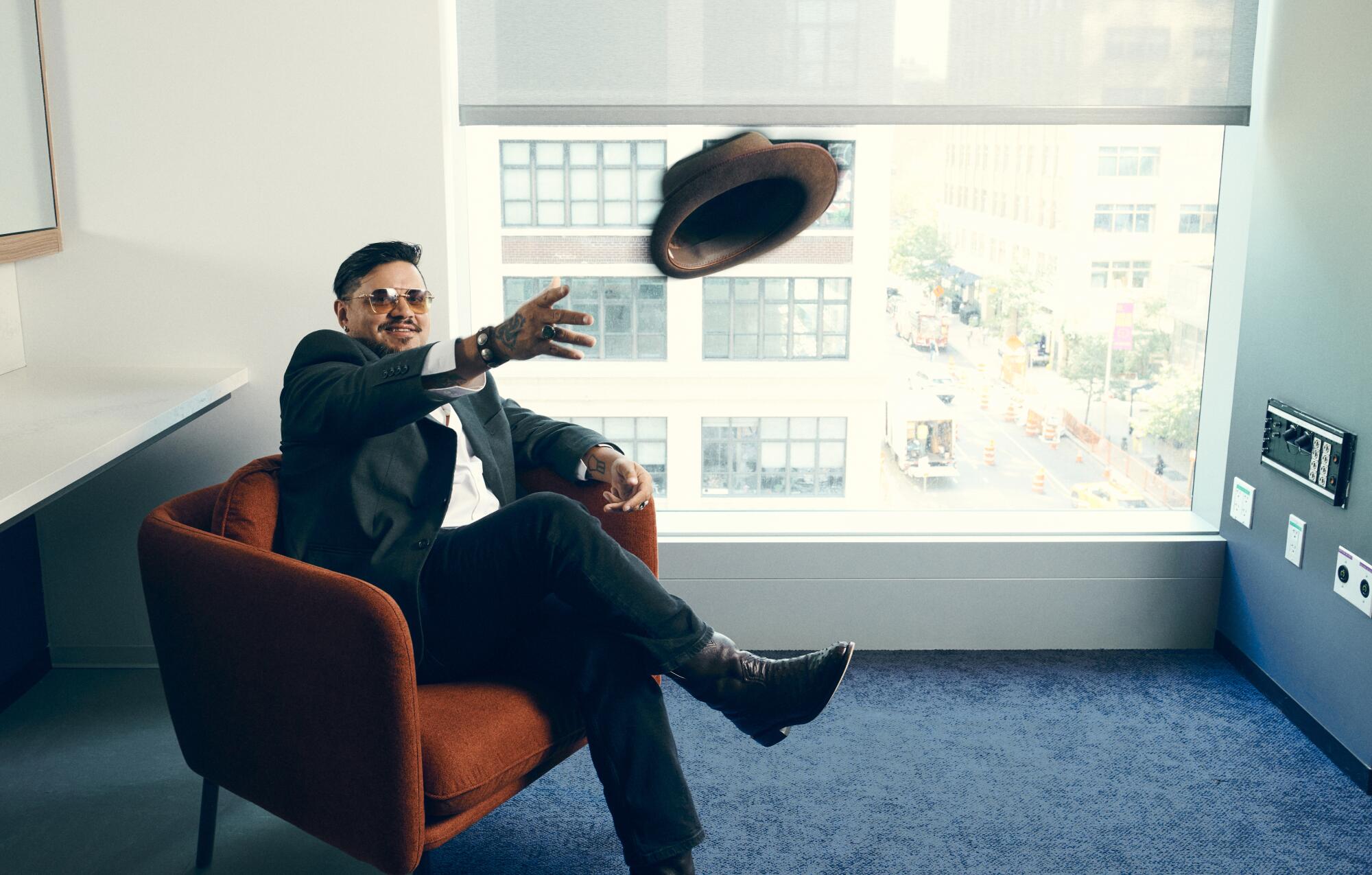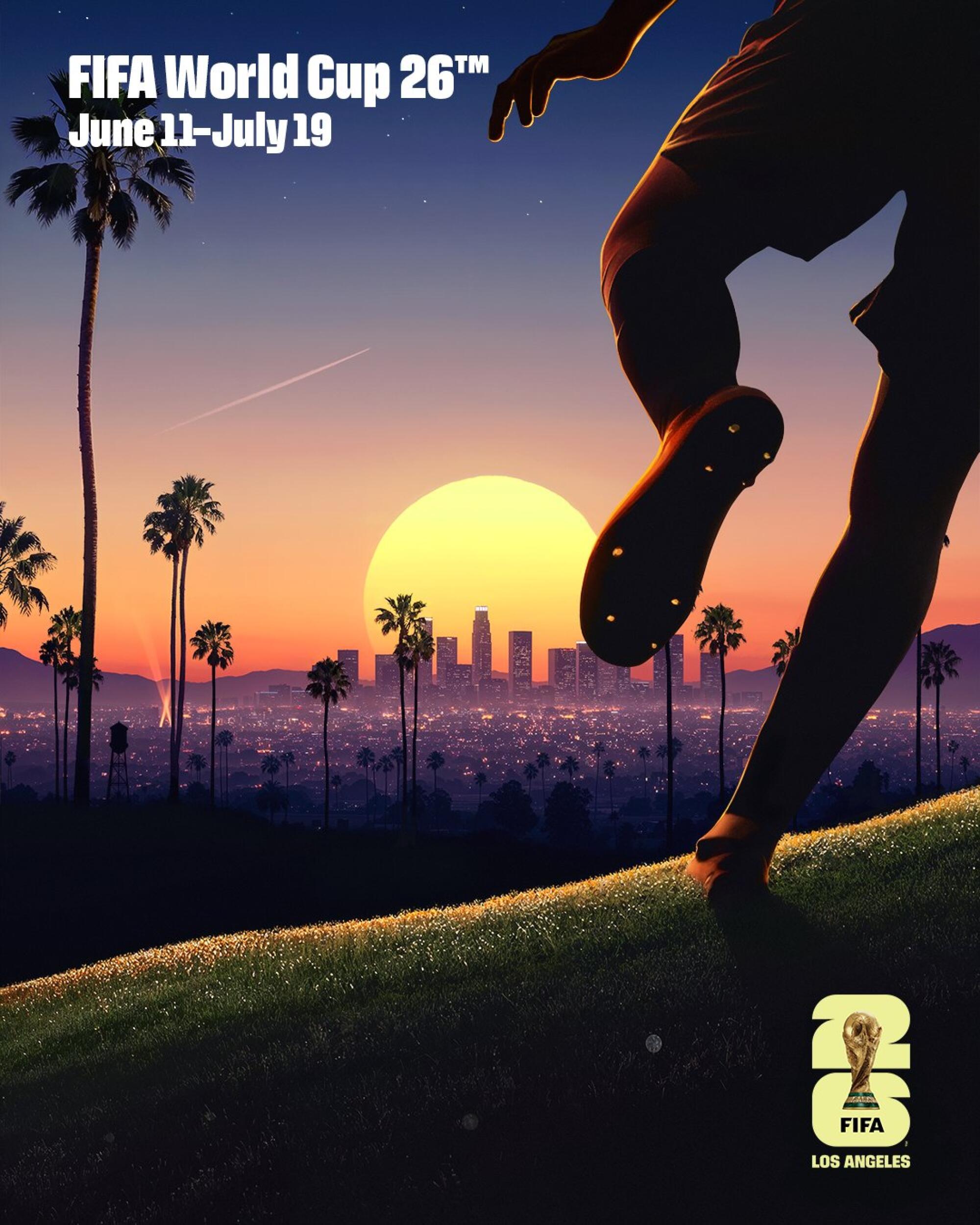‘West End Girl’ explained: Lily Allen’s new album amid breakup with David Harbour
For the first time in seven years, Lily Allen is back with a new album. It’s intimate, raw and autofictional.
Last week, the “Smile” singer shared a 14-track breakup record, “West End Girl.” Amid her split with “Stranger Things” actor David Harbour, Allen provides an in-depth look into a broken relationship where the line between being open and being unfaithful is thin, where dating apps are on the table and where heartbreak seems inevitable.
The album, which was written in 10 days last December, begins with Allen’s move to New York. The singer relocated to the East Coast in 2020 with her two daughters and then-husband, following the couple’s whirlwind wedding in Las Vegas. When Allen started dating Harbour in 2019, she had just finalized her divorce from Sam Cooper, with whom she shares her children.
On “West End Girl’s” opening track, she sings about receiving an offer to be in a West End production in London. In 2021, Allen made her debut in the supernatural play “2:22 — A Ghost Story.” From that moment on, tensions and distance only continued to build between the pair. Toward the end of the title track, Allen includes her end of a call where her partner is seemingly asking to open up the marriage.
As the pop melodies continue to ebb and flow, Allen reveals accusations of infidelity, the complications of being in an open marriage and mentions a pseudonym for a mistress on a track named “Madeline.” She doesn’t stray away from details, especially when it comes to finding boxes of sex toys, love letters from other women and calling her partner a “sex addict” on “P— Palace.”
By the end of the record, she makes it clear that the relationship is irreparable. The pair announced their separation last February after four years of marriage. Since the project’s release last Friday, critics have been quick to fawn over Allen’s return to music and Allen has been sure to let the press know the album is not fully based in fact.
In an interview with The Times, the U.K.’s oldest national daily newspaper, she says, “I don’t think I could say it’s all true — I have artistic license. … But yes, there are definitely things I experienced within my relationship that have ended up on this album.”
She similarly told Perfect Magazine that the work can be considered “autofiction” and that an “alter ego” is singing. When sitting down with British Vogue, she clarified that the album is inspired by what went on in the relationship between, but “that’s not to say that it’s all gospel,”
Harbour has yet to directly speak out about their relationship and has strayed away from the public eye, disabling comments on his Instagram page.
In an interview with GQ in April, he said, “There’s no use in that form of engaging [with tabloid news] because it’s all based on hysterical hyperbole.”
The highly anticipated final season of Netflix’s “Stranger Things,” where Harbour plays the role of police chief Jim Hopper, will be released Nov. 27.









